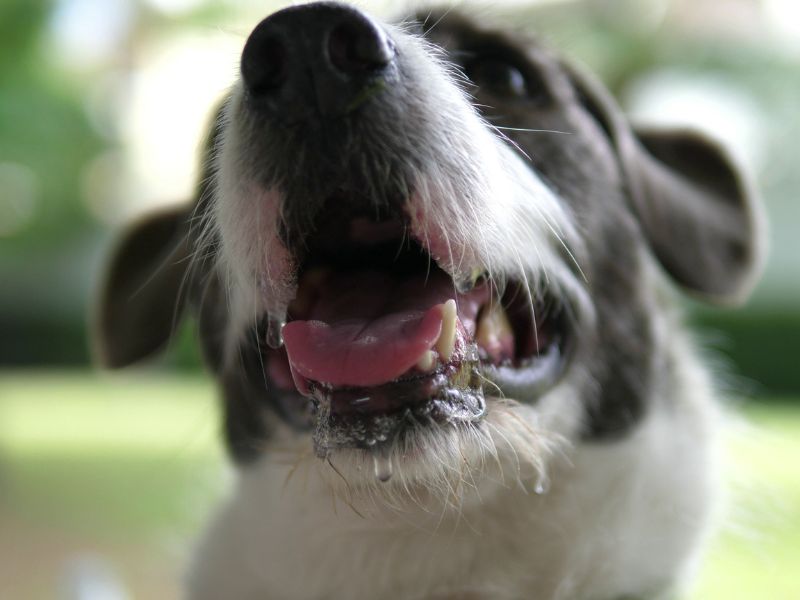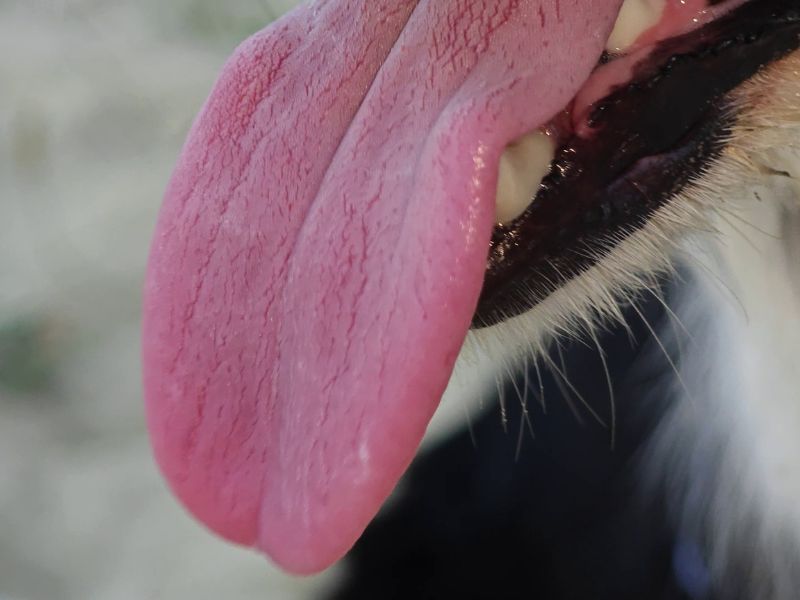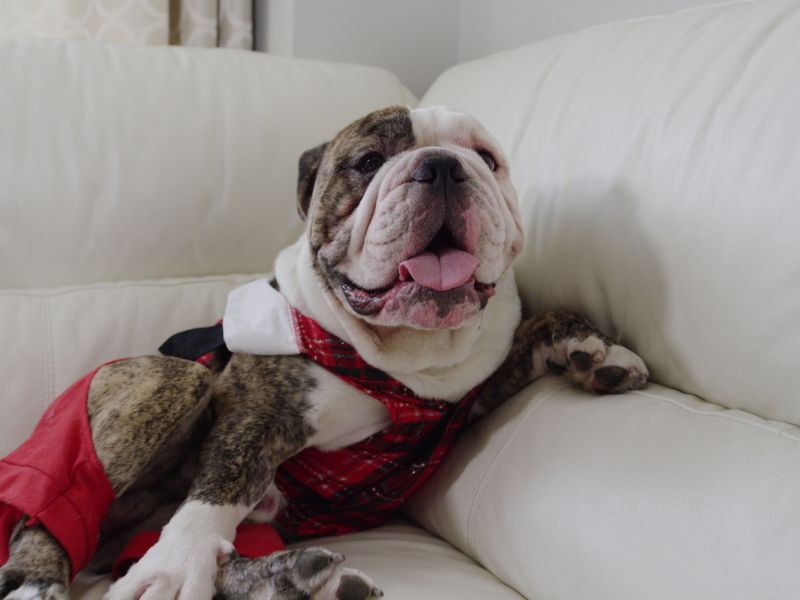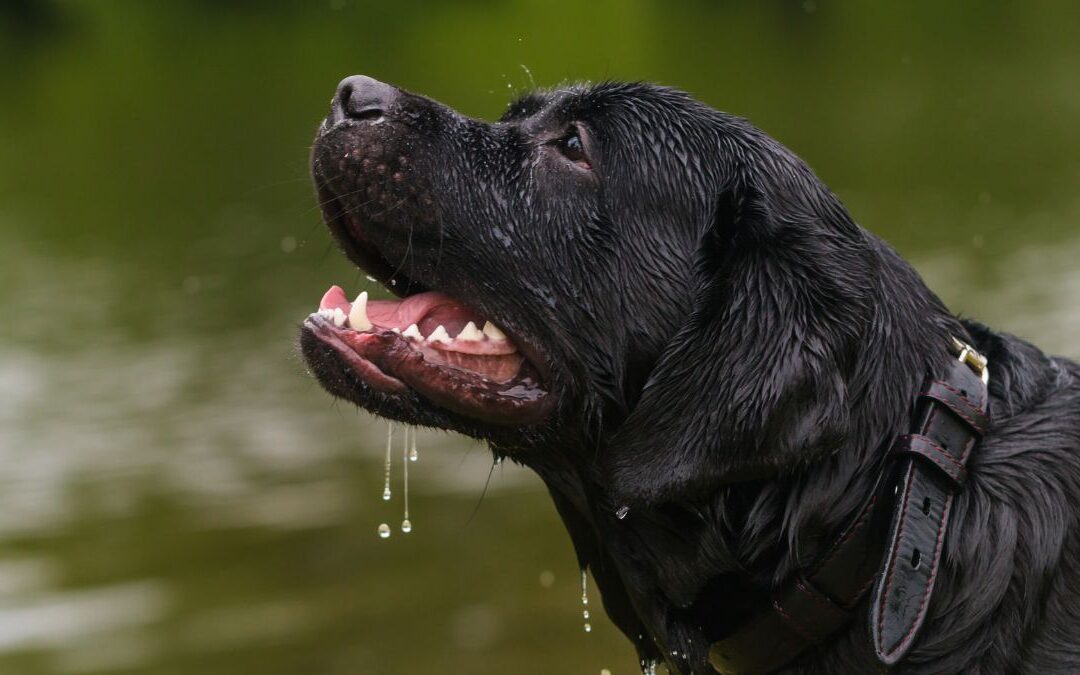Introduction
Drooling is common among dogs, but what happens when it becomes excessive? As pet owners, we often ask whether excessive drooling in dogs is an emergency. While a bit of slobber is usually nothing to worry about, sudden changes in your dog’s drool patterns could signal health issues. Understanding the reasons behind this condition can help you distinguish between normal and abnormal drooling. This guide will explore why dogs drool excessively, how to recognize when it’s time to seek veterinary care, and the best treatment options available. Join us as we uncover everything you need to know about effectively managing your dog’s drooling habits!
Excessive Drooling in Dogs: An Emergency Situation?
Excessive drooling in dogs can be concerning for pet owners. While some drooling is normal, especially during mealtime or when a dog is excited, excessive saliva production may indicate underlying health issues. It’s essential to recognize the difference between typical and abnormal drooling.
Dogs may drool due to various factors, including their breed characteristics or excitement levels. However, if other symptoms like vomiting or lethargy accompany your dog’s drool, it warrants closer attention.
Understanding what constitutes excessive drooling is a key tool in your pet care arsenal. It enables you to better monitor your dog’s health and take appropriate action when necessary.

Why Do Dogs Drool?
Dogs drool for various reasons, primarily related to their instincts and biology. Saliva, a key player in digestion, triggers drooling when a dog anticipates mealtime.
Additionally, dogs may drool when they are excited or anxious. Seeing treats or playtime can stimulate salivation as part of their instinctual reaction.
Certain breeds are more prone to excessive saliva due to anatomical features like loose lips or jowls. These physical traits naturally lead to increased drooling during everyday activities.
Differentiating Between Typical and Excessive Drooling
Drooling is normal for many dogs, especially when they see food or are excited. This typical drooling can be mild and manageable, often seen during mealtime or playtime.
Excessive drooling, however, goes beyond the usual saliva production. It may involve constant dribbling or puddles of saliva forming on the floor.
Pay attention to changes in occurrence and intensity to determine if your dog’s drooling is excessive. If it seems out of place—especially if accompanied by other symptoms—it’s essential to investigate further with a veterinarian’s guidance.
Common Causes of Excessive Drooling
Excessive drooling in dogs can result from various factors. One common cause is oral health issues, such as gum disease or tooth infections, which can lead to discomfort and increased salivation.
Another culprit might be gastrointestinal problems, including nausea or ingestion of foreign objects that irritate the digestive tract. These conditions often prompt your dog’s body to produce more saliva.
Additionally, certain medications can have a side effect of increased drooling. Allergies and heatstroke are other serious considerations that may require immediate attention when accompanied by excess salivation.
Recognizing Emergency Situations
Recognizing when excessive drooling signals an emergency is not just important, it’s crucial for your dog’s health. Look for additional symptoms such as difficulty breathing, vomiting, or signs of pain. These indicators can point to serious underlying issues.
If your dog suddenly starts drooling without a clear reason, it may warrant immediate attention. Swelling in the face or mouth could indicate a severe reaction or injury.
Pay close attention to any changes in behaviour alongside the drooling. Lethargy or loss of appetite are red flags that should prompt you to seek veterinary care without delay.
When to Seek Veterinary Care
If your dog drools excessively, it’s crucial to monitor its behaviour closely. Also, pay attention to other symptoms like vomiting, diarrhoea, or lethargy. These could indicate a more serious health issue.
Additionally, if the drooling is sudden and accompanied by difficulty swallowing or breathing problems, seek veterinary care immediately. Such signs may suggest an obstruction or severe allergic reaction.
Remember, persistent excessive drooling lasting more than a day should prompt a vet visit. Your early intervention can prevent complications and ensure your furry friend gets the necessary treatment, making you a proactive and responsible pet owner.

Treatment and Prevention: Is Excessive Drooling in Dogs An Emergency
Veterinarians diagnose excessive drooling through a comprehensive examination, including physical health checks and medical history assessments. They may also conduct tests to rule out underlying conditions such as infections or dental issues.
Treatment options vary depending on the cause. If the condition is related to an infection, antibiotics may be prescribed. Removing irritants can provide relief for allergies or foreign objects.
Preventive measures include regular dental care and routine vet check-ups. Keeping your dog away from toxic plants and substances also helps reduce risks associated with excessive drooling. Early intervention is key in maintaining your pet’s health.
How Veterinarians Diagnose Excessive Drooling
Veterinarians diagnose excessive drooling by thoroughly examining your dog. They begin by taking a detailed medical history to understand any recent changes in behaviour, diet, or environment.
Next, they perform a physical exam to check for signs of dental issues, oral tumours, or foreign objects lodged in the mouth. Blood tests and imaging may also be recommended to identify underlying health problems.
By combining this information, vets can pinpoint the cause of excessive drooling and recommend appropriate treatment options tailored to your dog’s needs.
Treatment Options for Excessive Drooling
Treatment for excessive drooling in dogs depends on the underlying cause. A thorough cleaning or extraction may be necessary if dental issues are the culprit. Regular dental care at home can also help prevent future problems.
Your veterinarian might recommend antihistamines or other medications to alleviate symptoms if allergies or toxins are involved. It is crucial to identify and remove the source of irritation.
When neurological conditions are diagnosed, specialized treatments tailored to those specific issues will be required. Always consult your vet to determine the best action for your dog’s situation.
Preventive Measures: Is Excessive Drooling in Dogs An Emergency
Preventing excessive drooling in dogs starts with regular veterinary check-ups. Routine exams can catch dental issues or underlying health problems early. Maintaining oral hygiene through brushing and dental chews also plays a crucial role, making you a responsible and proactive pet owner.
Remove toxic plants, chemicals, and objects your dog might chew on to keep its environment safe. Ensuring your dog doesn’t have access to dangerous items can prevent injuries that may lead to drooling.
Stay aware of your dog’s diet. Feeding them high-quality food and monitoring treats helps reduce the risk of gastrointestinal upset, which can also contribute to excessive salivation.
Exercise and mental stimulation are essential for a dog’s well-being. Regular walks, playtime, and training sessions can help keep dogs mentally and physically stimulated and reduce boredom-induced drooling.
In summary, excessive drooling in dogs may indicate underlying health issues or dental problems. Regular check-ups, good oral hygiene, a safe environment, a proper diet, and adequate exercise can help prevent excessive drooling in dogs. If you notice any sudden changes in your dog’s drooling habits or other concerning symptoms, it’s best to consult with your veterinarian for an accurate diagnosis and treatment plan.

FAQs About Excessive Drooling in Dogs
Excessive drooling in dogs can be concerning for many pet owners. Understanding the signs and symptoms associated with this condition is essential.
Is excessive drooling in dogs an emergency? It can be, depending on the underlying cause. If your dog begins to drool more than usual, constantly monitor it closely.
Common FAQs include questions about whether certain breeds are more prone to drooling or if it indicates a serious health issue. Some breeds, like Saint Bernards and Bulldogs, are known for their slobbering tendencies due to their anatomy.
If you notice other alarming signs alongside excessive drooling—such as lethargy, difficulty breathing, or vomiting—it’s crucial to seek veterinary assistance promptly. Being informed helps ensure your furry friend remains healthy and happy while effectively addressing any concerns.

